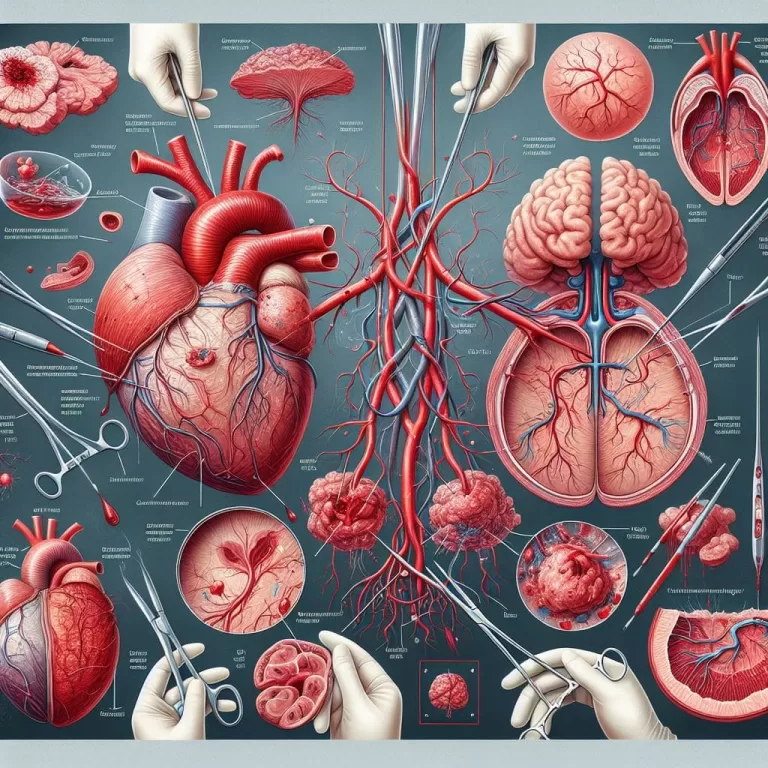Arteriovenous Malformation
**Arteriovenous Malformation (AVM)**
Arteriovenous malformation (AVM) is an abnormal connection between arteries and veins in the brain or spinal cord. AVMs are rare, occurring in only 0.07% to 1% of the general population, and can be present at birth (congenital) or develop later in life (acquired).
**Symptoms**
Symptoms of AVM vary depending on the location and size of the malformation. Common symptoms include:
* Headaches
* Seizures
* Vision problems
* Weakness or paralysis on one side of the body
* Difficulty speaking
* Bleeding into the brain
**Diagnosis**
AVMs are typically diagnosed through imaging tests such as:
* MRI (Magnetic Resonance Imaging)
* CT (Computed Tomography)
* Angiography (a special type of X-ray that involves injecting a contrast agent to visualize blood vessels)
**Treatment**
Treatment options for AVM depend on its location, size, and severity. Treatment options include:
* Radiosurgery (using high-energy radiation to shrink the AVM)
* Surgery (to remove or repair the AVM)
* Embolization (blocking the blood flow to the AVM)
* Medications (to control symptoms such as seizures and pain)
Arteriovenous Malformation (AVM) Surgery: Comprehensive Overview

Three kinds of surgery are capable of treating an arteriovenous malformation, a tangle of blood vessels that impedes blood flow. An arteriovenous malformation (AVM) is a rare, noncancerous entanglement of blood vessels that prevents blood from flowing between your arteries…
